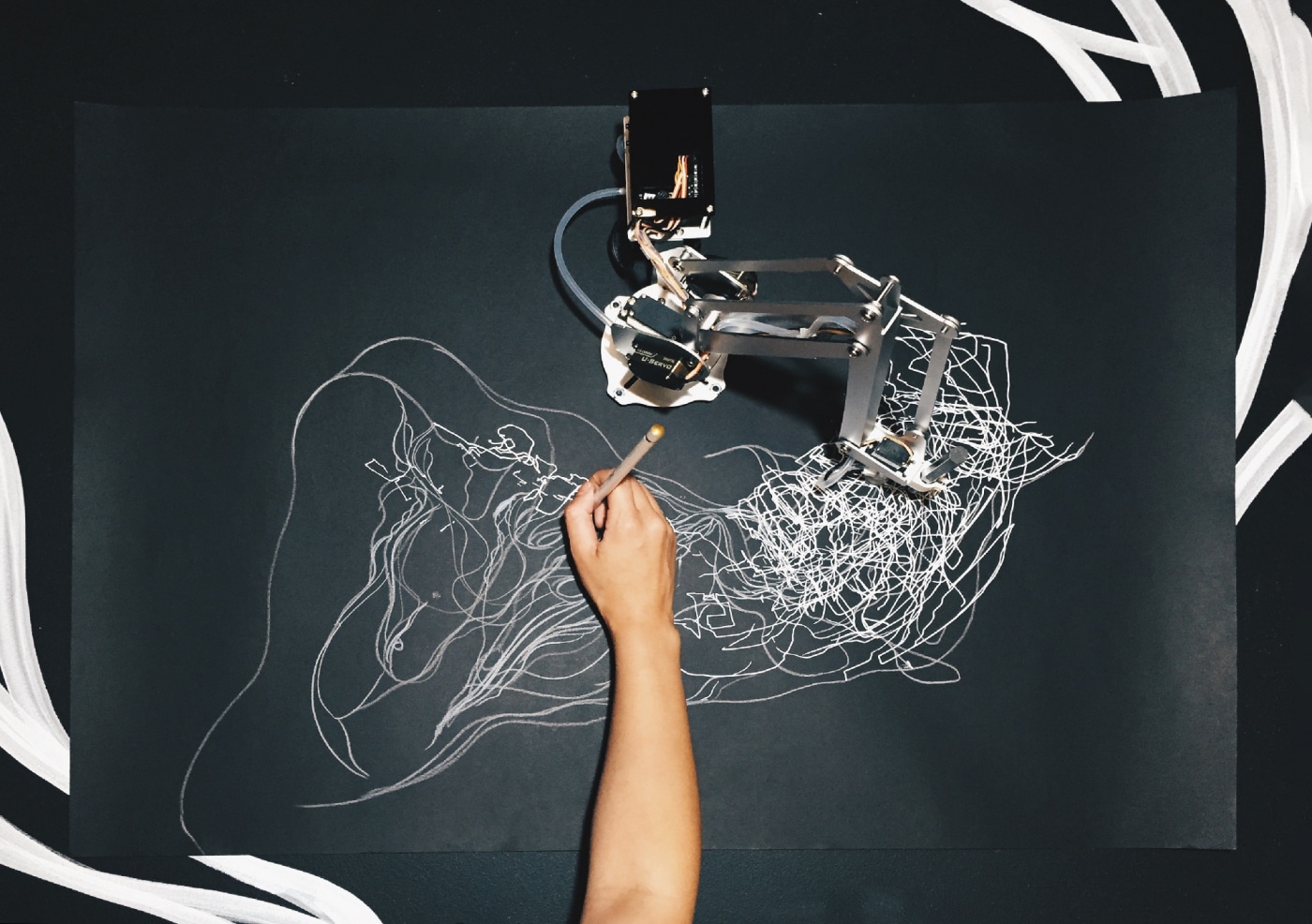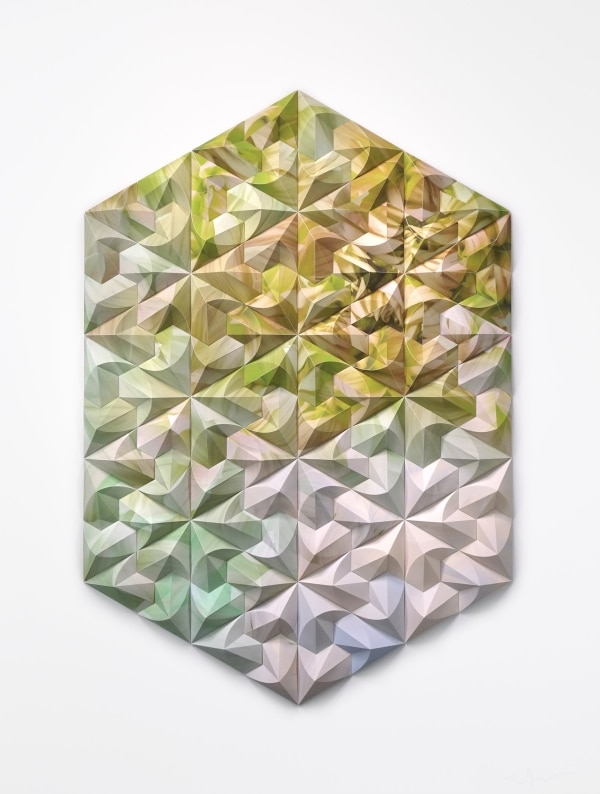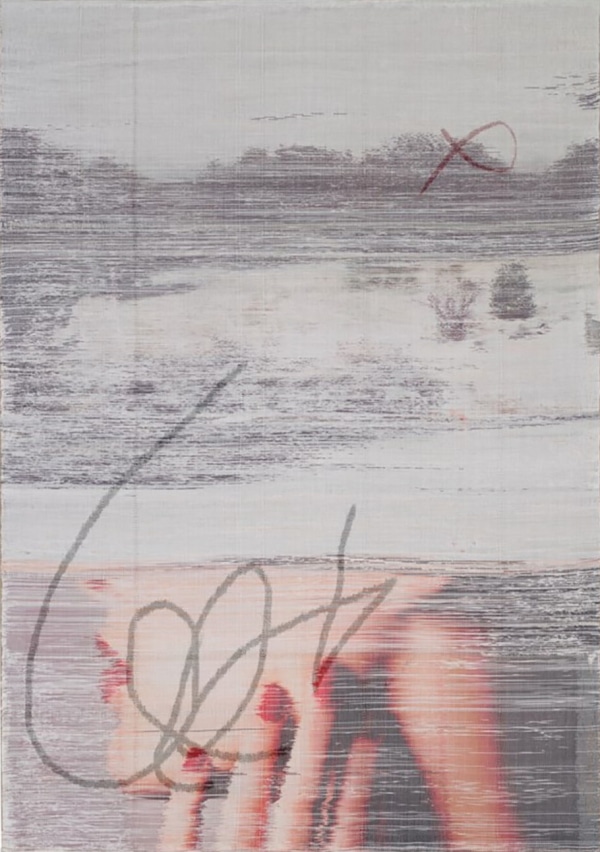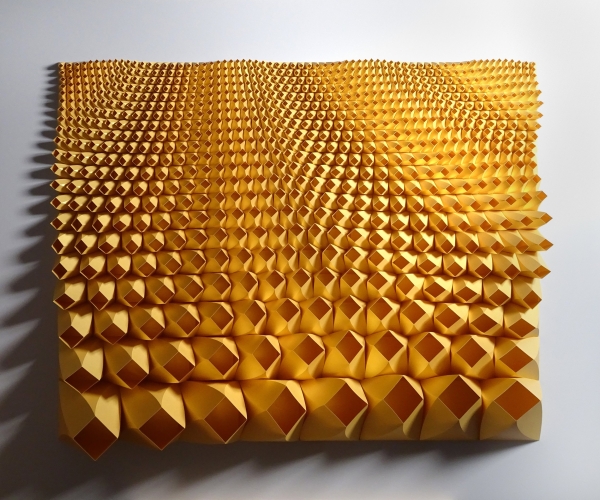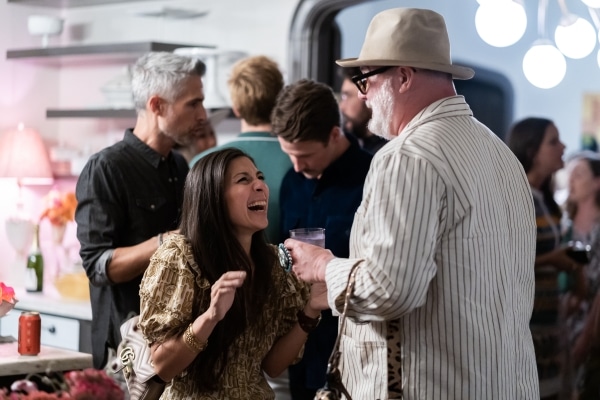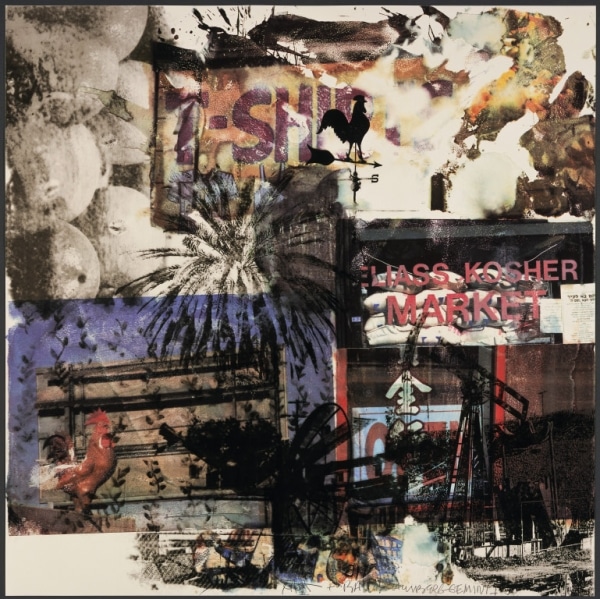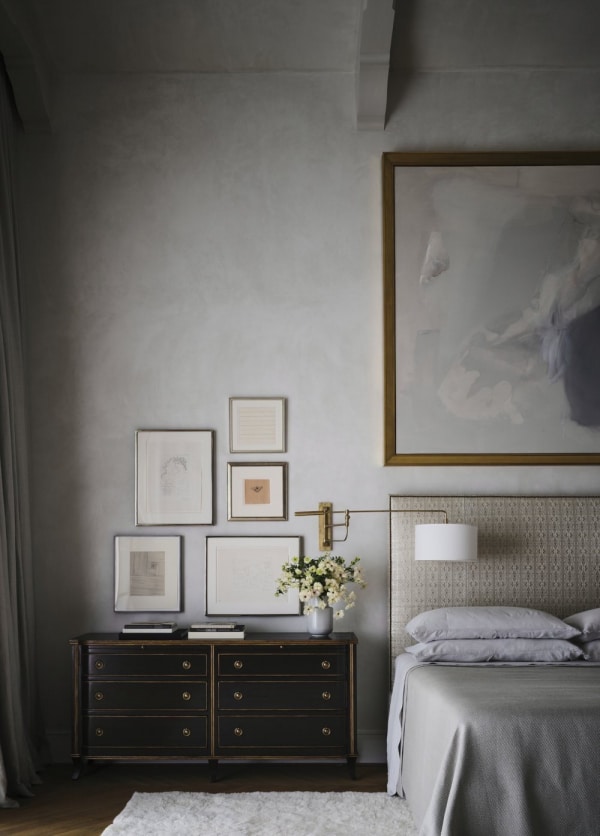Is technology enhancing or replicating art?
Both art and technology define and reshape our world. New inventions and experiments continually challenge our perceptions of what we consider genuine, especially with artificial intelligence. Technology in art embodies the essence of creativity and science, with many different varieties.
Some of the most remarkable examples of the art-tech fusion include digital art, kinetic pieces, and works exploring the internet. Under the vast umbrella of new media, computer production, video art, computer-based installations, and virtual reality have become recognized artistic practices. Artists and designers use computer programs like 3D modeling or Photoshop for conceptual works.
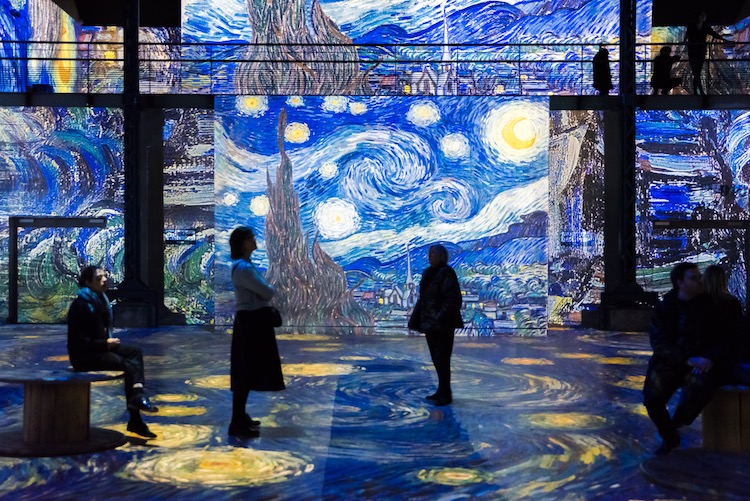
Art and Artificial Intelligence:
Artificial intelligence (AI) enables computers to learn and make decisions based on data, and in the art world, AI is creating artworks, analyzing art, and curating exhibitions. The rapidly growing field of AI art raises questions about the originality of AI-created works and whether AI is a threat, collaborator, or tool to further human creativity.
In an article, The Harvard Gazette interviewed some of their faculty on this very question. Matt Saunders, an art professor at Harvard, believes humans give art its meaning, making it a conversation where AI can provoke thought but that “of course, the artists are still the ones bringing it into the room.” On the other hand, Harvard writing instructor Daphne Kalotay argues that AI lacks the necessary human experience- while it can quickly mimic and learn, it “will lack true insight and experience.”
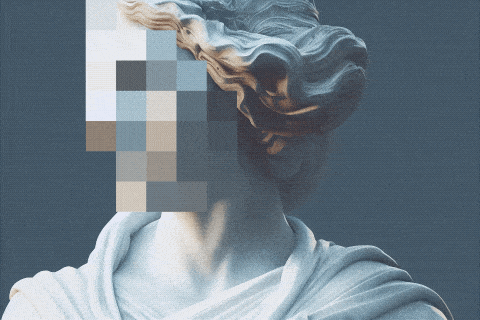
Recently, as of June 2024, artists took to Instagram to protest Meta’s use of their art for AI training. According to a Washington Post article, painters, photographers, and other visual artists who have long used Instagram to showcase their portfolios and gain visibility- are leaving the platform to prevent their work from being exploited. The backlash began after a Meta executive stated in May that public Instagram posts are considered part of the company’s training data. Almost everything posted publicly on the internet is supposedly fair game for AI training, leading to concerns that resulting AI-generated content could replace the creators who provided the training data.
AI is often fed vast amounts of artwork to learn and generate new pieces, sparking a debate: Is AI stealing from artists or simply drawing inspiration from existing works, much like human creators? Artists have always absorbed the influences around them, including other artists’ work, to create something unique. This process mirrors how generative AI operates. In a Forbes article titled New Tech Gives Artists A Fighting Chance In The Battle Against Generative AI, the discussion delves into the nuances of synthetic imagery and the tools developed to protect original works. Various companies have joined forces and devised diverse methods to combat “fakes” and prevent plagiarism. However, these solutions offer no absolute guarantees, leaving the ethical implications of AI-generated art an ongoing and complex conversation.
Artists Using Tech:
Sougwen Chung: Art Driven by AI
Artist Sougwen Chung’s work with AI began during a research fellowship at MIT, where she discovered robotics. Her interest in the physical embodiment of drawing led her to create robots driven by AI and recurrent neural networks that learn her drawing style. These robots, as Chung explains, are artworks in their own right. Chung’s AI works have been at the New Museum in New York and Art Basel Miami, among others.

Matt Shlian: Technology and Paper Engineering
Matt Shlian, a paper engineer, combines art and science through paper folding and nanotechnology. Although much of his art is by hand, Shlian uses various software in his creative process. Emphasizes that the AI debate overlooks the importance of the artist’s experience in creating art, expressing a desire to retain the hands-on approach rather than outsourcing it to machines. In a blog post on AI thoughts, he says, “I don’t want to hit a button and have my work -or a nightmare version of it- come out. I do not want to trade in my experience of making art for a facsimile of an ‘artwork.’”
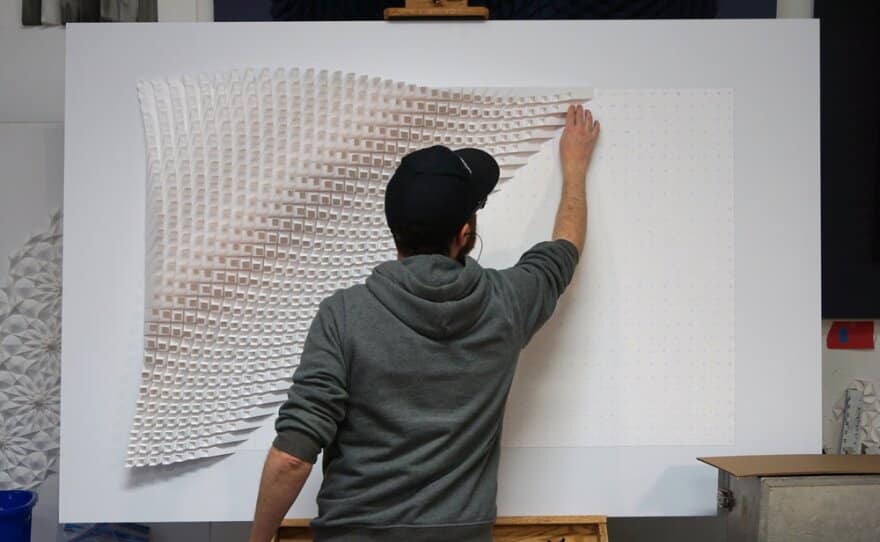

Thomas Trum: Machines and Experimental Techniques
Thomas Trum uses unconventional techniques and tools like super-sizes felt pens and road line marking machines to paint on various surfaces. His process, based on trial and error, results in dynamic artworks that combine art and technology. Trum’s work explores the intersection of human ingenuity and mechanical innovation, as he says, creating beauty when the two converge.
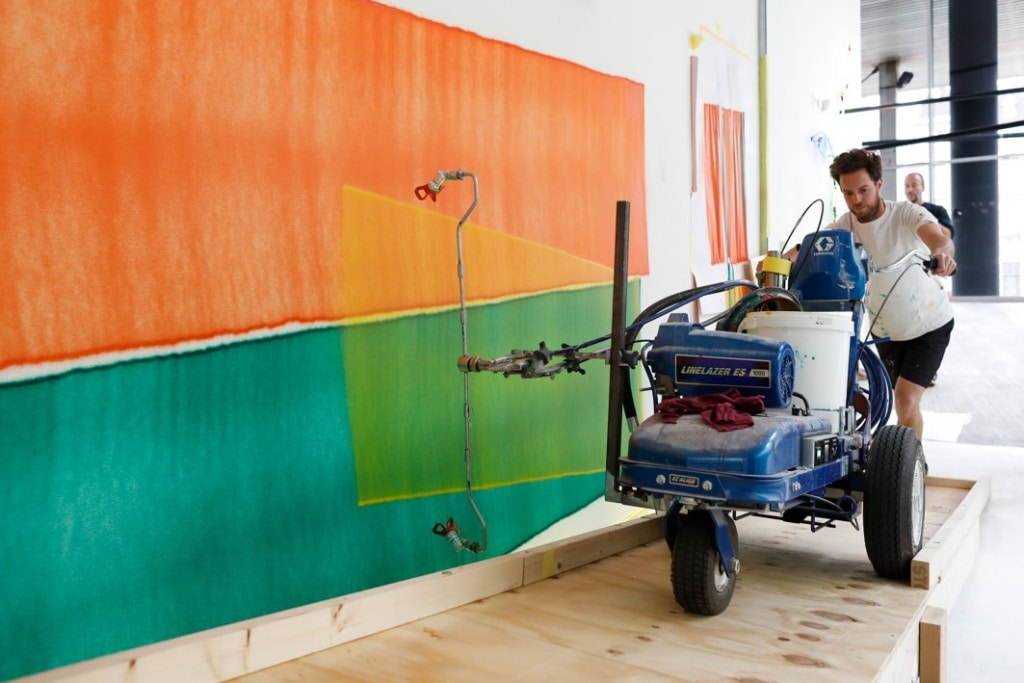
Margo Wolowiec: The Internet and Weaving
Margo Wolowiec’s work involves digitally sourced images from social media platforms like Instagram, Facebook, and Tumblr. Using hashtags and geotags to search, Wolowiec identifies different patterns to determine which images to use. These images are then transferred onto thread and hand-woven into textiles. Wolowiec’s work highlights the relationship between computing and weaving, creating artworks that abstract digitally sourced photographs through Photoshop.

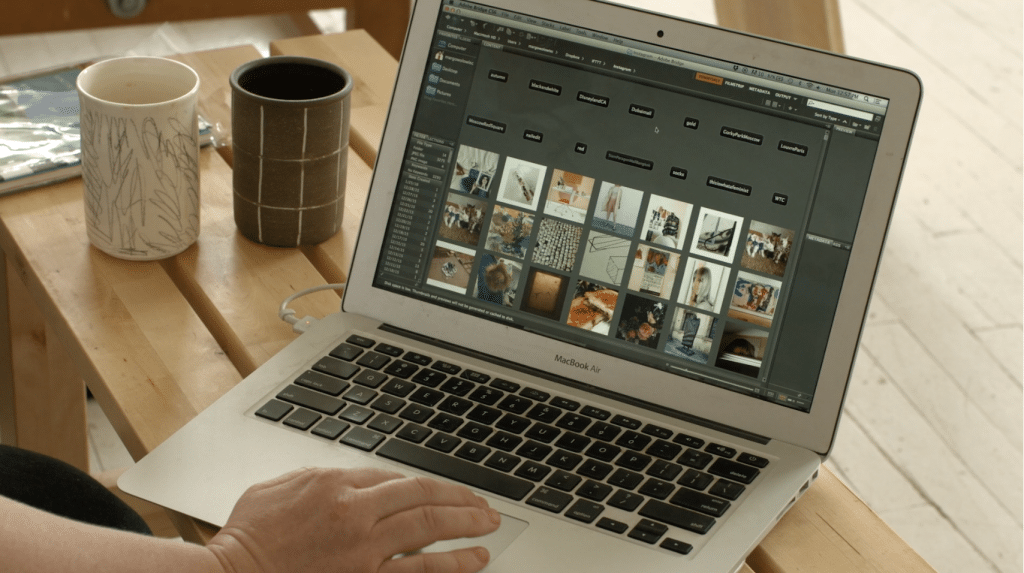
Human ingenuity remains irreplaceable, but technology continues to be another source of inspiration for artists. Artists using technology push boundaries, creating art that we can enjoy, experience, and ponder. Critics and audiences divide on whether science’s impact on creativity is positive or negative, but the dialogue between art and technology continues to shape the future of artistic expression.



